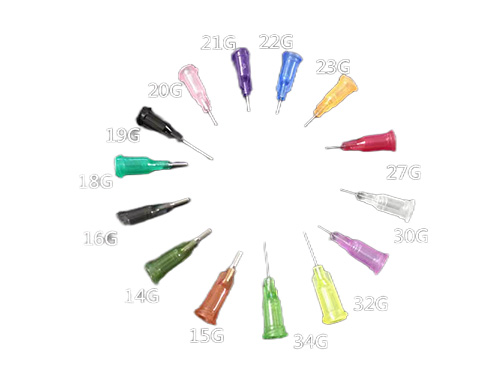How to Choose the Right Seedling Tray Based on Climate Conditions
2024-12-21 09:37:07
When planting any type of plant, selecting the right seedling tray is crucial, and climate conditions play a significant role in this choice. Different climatic environments can affect the breathability, drainage, and insulation properties of seedling trays. Understanding the climate characteristics and selecting the appropriate seedling trays based on your specific needs can greatly enhance seedling survival rates and growth speed. This article will help you choose the best seedling trays according to various climate conditions.
1. Warm Climate: Focus on Breathability and Drainage
In warm climate regions, particularly areas with higher temperatures, seedling trays need good breathability and drainage. High temperatures can lead to overheated soil or water accumulation, which can negatively impact plant growth. In such environments, choosing seedling trays with drainage holes is crucial as it prevents water buildup and ensures healthy root development.
We recommend using plastic or polystyrene material seedling trays. These materials generally have good breathability, effectively retain soil moisture without causing excessive water accumulation. Additionally, shallow tray designs are more suitable for warm climates as they facilitate air circulation and prevent overheating.
2. Cold Climate: Emphasis on Insulation and Stability
In cold climate conditions, insulation becomes a key factor when selecting seedling trays. In lower temperatures, plant roots can be adversely affected by cold weather. Therefore, selecting trays with good insulation properties can effectively provide a warm growing environment for plants.
It is advisable to choose thicker seedling trays made of materials such as foam or polypropylene. These materials effectively isolate external cold temperatures, maintaining a warm seedling environment. Furthermore, increasing the height of the seedling tray can provide more soil for the roots, enhancing insulation.
3. Humid Climate: Choose Anti-Bacterial and Mold-Resistant Seedling Trays
In humid climates, especially in areas with consistent rainfall, high moisture levels in seedling trays can promote the growth of mold and bacteria. To prevent these issues, it is important to select seedling trays with anti-bacterial and mold-resistant properties.
You can choose trays with anti-bacterial coatings or use materials that have inherent mold-resistant properties, such as organic soil-based seedling trays. These materials not only prevent mold growth but also help maintain optimal moisture levels. In humid environments, the tray design should focus on enhancing drainage and air circulation, avoiding water accumulation that could cause root rot.
4. Dry Climate: Focus on Water Retention and Wind Resistance
In dry climate conditions, the water retention capacity of seedling trays is crucial. Dry air and soil can easily cause plants to dehydrate, affecting their normal growth. Choosing trays that retain soil moisture helps prevent plants from losing water.
To improve the water retention of seedling trays, select materials with higher density, such as clay or terracotta. These materials effectively lock in moisture and also resist strong winds, preventing the trays from being blown over or experiencing rapid evaporation. In windy areas, taller or heavier trays can also provide more stability and protection.
5. Variable Climate: Choose Versatile Seedling Trays
For regions with variable climate conditions, where rapid temperature changes or extreme weather events may occur, it is essential to select versatile seedling trays. These trays typically have adjustable breathability, drainage, and water retention properties, allowing them to adapt according to changing weather conditions.
You can opt for seedling trays with adjustable covers. In colder weather, the cover can be closed to retain heat, while in warmer conditions, it can be opened to improve air circulation, allowing plants to adapt better to environmental changes. Additionally, modular seedling trays can be added or removed as needed, offering flexibility to address different climate conditions.
Conclusion
Climate conditions have a significant impact on the choice of seedling trays, with different climates requiring trays with specific characteristics. In warm climates, choose trays with good breathability and drainage. In cold climates, focus on insulation properties. In humid climates, select anti-bacterial materials, while in dry climates, opt for trays with strong water retention capabilities. For variable climates, versatile seedling trays can provide the adaptability needed to cope with environmental changes.
By selecting seedling trays according to climate conditions, you can create the best growing environment for plants, resulting in healthier and stronger seedlings. If you are looking for the perfect seedling trays for your region, feel free to contact us. We offer a wide range of professional seedling tray options to help you achieve a more successful planting experience!

It adopts electrical integration and can be started by pressing the fully automatic button ...

The XP750 seeder has stable performance, excellent product quality, simple and convenient o...

It adopts electrical integration and can be started by pressing the fully automatic button ...

Needle list Seed nozzle model Different models Sowing types are different...



